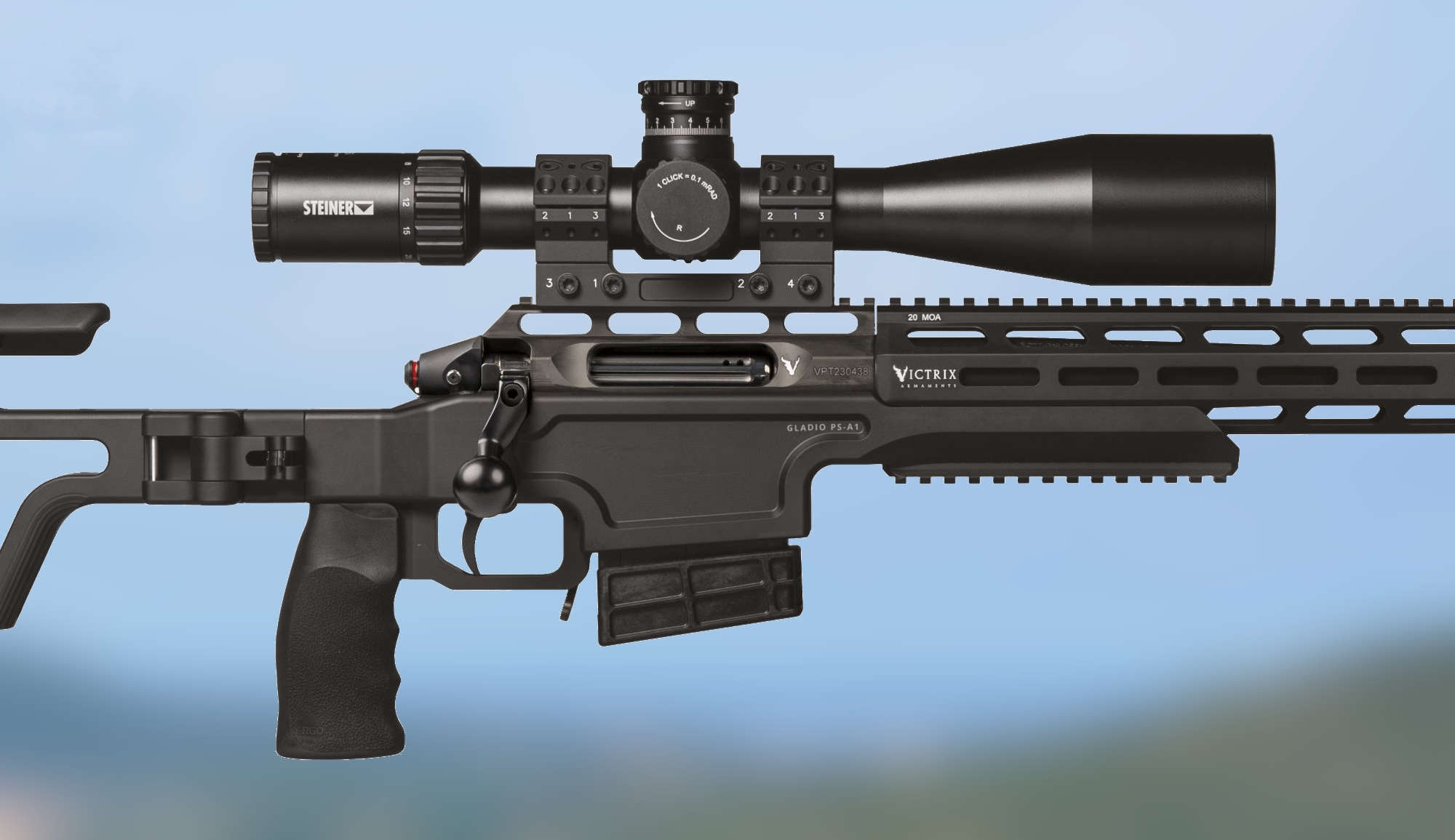The EU Parliament approved the planned tightening of the EU Firearms Regulation during its plenary session in April (April 22 to 25, 2024). The relevant Parliament and Council bodies had already reached a so-called "provisional agreement" on this in advance. Following such a provisional agreement, only the EU Parliament and the European Council still have to give their approval. As a rule, this takes place after the first reading in both EU institutions. The first step is the EU Parliament, which gave its approval on April 23, 2024, after the first reading and is now waiting for the Council's approval. Once this has taken place, the new regulation enters into force on the following day. At the time this article went to press, it was not yet clear when the first reading in the Council will take place.
Here is an overview of some of the planned changes to firearms legislation at EU level:
According to the forthcoming revision of the EU Firearms Regulation, this will extend to all civilian firearms in categories B and C in future. Only those firearms intended for use by armed forces, police units or other public authorities will be exempt from this. According to an official communication from the European Parliament, the revised regulation aims to significantly improve the import and export of firearms within the European Union in terms of transparency and traceability. This project serves to implement the provisions of Article 10 of the United Nations Protocol against the Illicit Manufacturing of and Trafficking in Firearms, their components and ammunition more efficiently and is therefore primarily aimed at fighting the illegal arms trade. According to EU estimates, there are currently around 35 million illegal firearms in circulation within the scope of the regulation.
New EU Firearms Regulation aims to minimise the risk of illegal arms trade without negatively affecting legal trade
The EU Parliament had previously justified the need for a revision of the Firearms Regulation by stating, among other things, that all imports and a large proportion of exports of firearms for civilian use should be subject to more intensive monitoring as a result of the updating and greater harmonisation of regulations. The aim is to minimise the risk of illegal trade without having a negative impact on legal trade.
The EU-wide Electronic Licensing System (ELS)
This new regulation also provides for the introduction of an EU-wide Electronic Licensing System (ELS) for arms manufacturers and dealers, which is intended to replace the national systems, some of which are still paper-based in some member states. In future, national licensing authorities must consult the central system, which also documents all previous refusals, before granting a firearms import or export authorisation.
The EU member states are required to either use the ELS or integrate their own digital systems accordingly. This should ensure more effective monitoring and an improved exchange of information among authorities. According to the plan, the ELS is to be implemented by the EU Commission within a period of two years, while the member states have four years to input all relevant data and connect their systems accordingly.
Furthermore, the negotiators of the European Parliament had achieved that the EU Commission is obliged to publish an annual report. Based on the national data of the member states, this report should include information on the number of import and export authorisations granted, their customs value at EU level and the number of refusals and seizures.
These are the consequences for travelling with firearms (for hunters, sport shooters and collectors)
In addition to the import and export of firearms, the new Firearms Regulation also regulates the transit of firerms, their essential components and ammunition. This also affects travelling hunters, sport shooters taking part in international competitions, re-enactors and gun collectors. In principle, the new provisions should result in simplified procedures for EU citizens travelling to non-EU countries with firearms and/or ammunition. A single authorisation is new. Unfortunately, however, the opportunity for simplification has once again not been exploited. According to the new EU regulations, gun owners must:
- Provide detailed information on the planned exit point/border crossing with the exact date
- Provide proof that they have no criminal record
- Alternatively, there should also be the option of applying for a national import authorisation
How this will affect practice in the individual countries in the course of the planned harmonisation of national provisions is difficult to estimate at present.
Further information on the safe trade in firearms from the Council of the European Parliament










